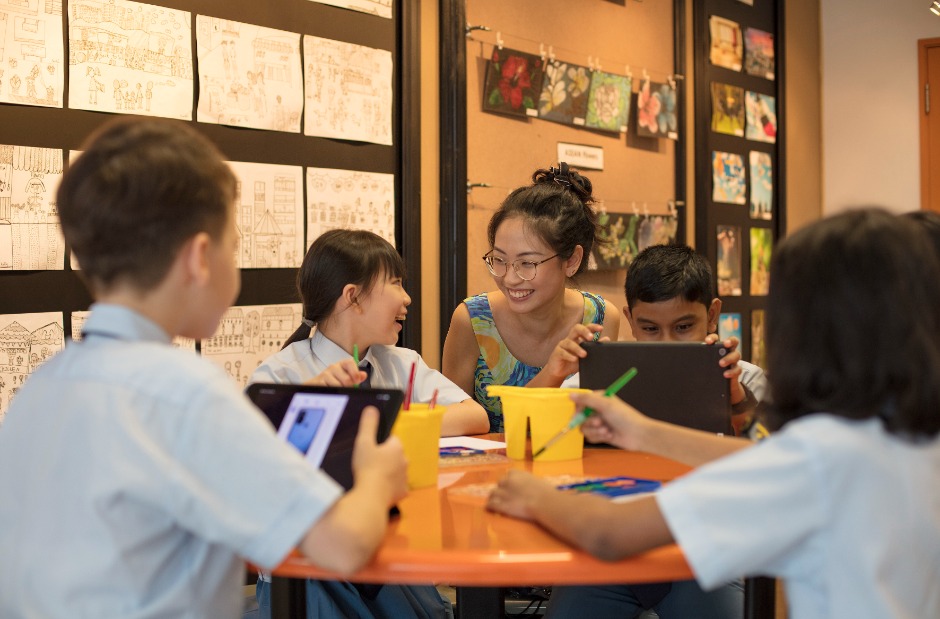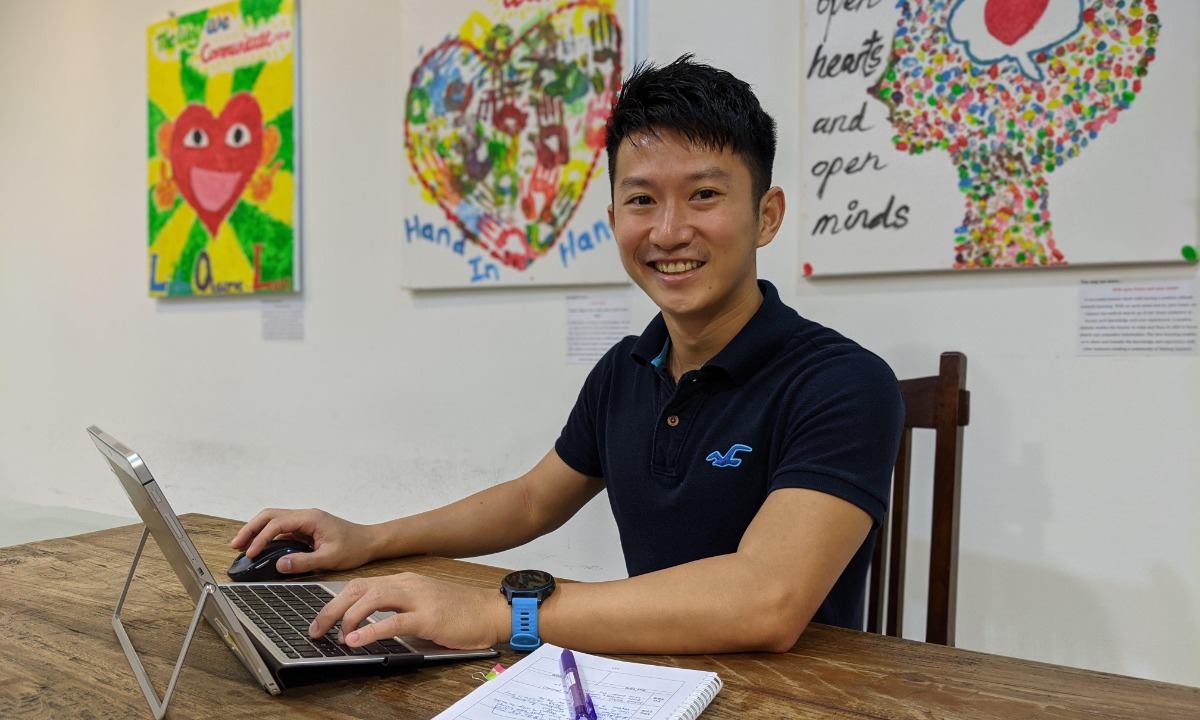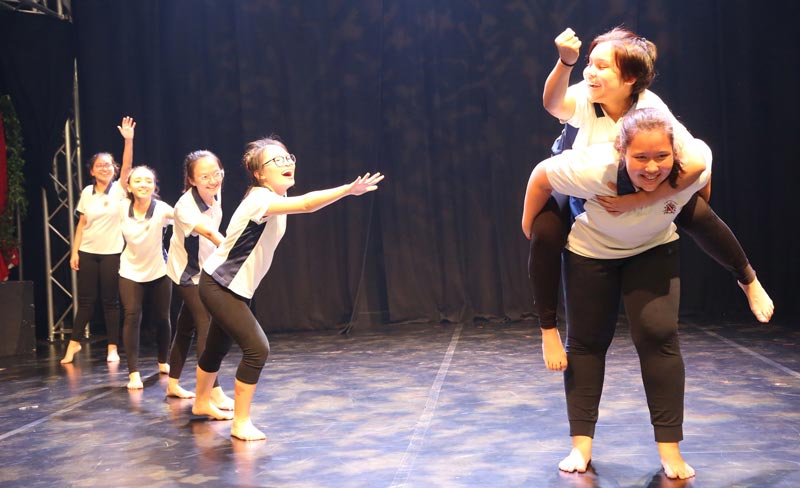Ms Leow Wan Jing Cathleen, Guangyang Primary School, Outstanding Youth in Education Award 2022 Finalist
Tell us a story that captures the kind of teacher you are.
‘He just doesn’t like art! He simply has no interest in it!’
These were common statements made about my lower primary student Dylan* by my fellow Art teachers during our weekly subject meetings. I must admit that after months of failed attempts to arouse his interest in art, I, too, started to believe them.
I’d catch him dreaming or fiddling with his pencil; sometimes he wouldn’t even have a pencil on him.
Words of reproach and encouragement alike would slide off his back. It did not matter which artist we were discussing, or what art materials we were using, Dylan just did not budge in his indifference towards art.
Though disheartened, I continued to think of novel ways to engage him, albeit with decreasing expectations. And one day, when I was least expecting it, things took a positive turn.
When Dylan was in Primary 5, I piloted a choice-based classroom with his class. During these lessons, the students could choose to complete their art task using either an iPad or paper collage.
When Dylan first got hold of the iPad, I noticed a shift. His posture straightened and his eyes lit up. There was an alertness in him that I had never seen before. He was actually listening and following the lesson. It came as no surprise when Dylan chose the iPad for every lesson that term. What did come as a surprise was his sustained interest and performance across the weeks. Not only did he complete his work each time, he did so to a standard that was unimaginable to me just weeks before!
“Choices matter and choices empower.”
Ms Leow Wan Jing Cathleen
Here was a boy whom all teachers thought had zero aptitude for art, but when presented with a medium he preferred, was capable of producing a wonderful piece of artwork.
Choices matter and choices empower. As an educator who found empowerment through choices provided by my own teachers in my formative school years, I too hope to empower my students in their art-making. By giving them avenues to express their preferences – from whether they prefer to work in groups or individually, to whether they would rather draw a flower or dog for an observational drawing exercise. While providing more choices means that more time needs to be spent preparing lesson resources, if this means that I can engage just one more student, then it is certainly worth it.
*Not his real name
 A choice-based lesson where some students could opt to do digital sketching,
A choice-based lesson where some students could opt to do digital sketching,
while others could paint.
Describe a teaching method or tool you have found effective.
Learning art can cultivate 21st-Century skills such as creativity, problem-solving and even critical thinking. This is why I welcomed the Ministry of Education’s recommendation to use inquiry-based learning as the main instructional strategy following the release of the Revised Art Syllabus in 2018.
As its name suggests, inquiry-based learning encourages students to inquire and investigate in order to make their own discoveries and decisions – a creative process which comes close to what real artists go through. This is in contrast to more traditional strategies where teachers might prepare all that needs to be learned and present it to students in a neat package.
Take for example an art module I designed for my Primary 5 students. First, they were introduced to a fairly real-world task of having to design a prop for a National Day photobooth. While the task may seem straightforward, students were spurred on to differentiate between a successful prop and a less successful one, not just from an aesthetic but also a practical point of view. The students had great freedom of choice on everything from subject matter to materials used. While basic techniques were taught, they were required to mostly figure out the art-making process on their own. Here, they exercised inventive thinking and problem solving.
This art module never fails to excite the students – and the teacher! I am always surprised by some of the ideas and artwork which comes out of it – from a durian hat made of felt, to an expertly crafted Minecraft arm with interchangeable National Day attachments.
 Ms Leow with her students and their props for a National Day photobooth.
Ms Leow with her students and their props for a National Day photobooth.
Which school project or initiative are you especially proud of?
Sometimes, I feel like a proud mother hen when I look at the artworks that my students have created, especially after witnessing all the hard work, thought and spirit that went into them. I relish any opportunity for their work to be showcased, because as a student artist myself at one point, I remember the pride and joy I felt when my work was chosen to be exhibited, and I want my students to feel that same validation and affirmation that comes with having their work recognised and appreciated.
.jpg)
Spreading the joy and importance of learning art to students.
So when the chance came along for me to organise our school’s very first public art exhibition at the neighbouring community centre, I jumped at it. We have had exhibitions before as part of our school’s open-house activities, but to be able to showcase a large collection of our students’ work in a public space was quite ground-breaking. To top it off, the exhibition also served as a fund-raiser for needy families through the Bishan-East Thomson Community Development and Welfare Fund, where members of the public could make a donation each and select a student’s work to bring home as a token.
In total, the exhibition helped raised $1,880. While the sum may not seem a lot, the experience for our students was invaluable, especially in terms of the connections made beyond our school to our community. I recall the joyous yet tentative faces of my students as they streamed into the event hall, eagerly pulling their parents along. Their faces lit up as they located their work and started telling their proud parents about the stories behind their works.





